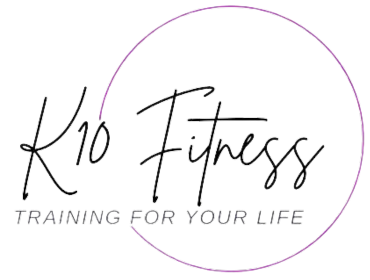Unveiling the Mystery: Understanding Core and Pelvic Floor Dysfunctions
Embarking on a fitness journey involves more than just sculpting your muscles and shedding those extra pounds. It's about understanding and nurturing the intricate systems that form the foundation of your body—particularly the core and pelvic floor. Let's dive into the often-overlooked realm of core and pelvic floor dysfunctions, shedding light on their significance and ways to address these issues for a healthier, more balanced you.
Demystifying the Core
The core isn't just about achieving those coveted six-pack abs; it's a complex system of muscles that provides stability, balance, and support to your spine and pelvis. Comprising muscles such as the rectus abdominis, transverse abdominis, obliques, and the erector spinae, a healthy core is crucial for everyday movements and overall well-being.
Core Dysfunction Unveiled:
Weakness:
Sedentary lifestyles and improper training can lead to weakened core muscles.
This weakness may contribute to poor posture, lower back pain, and compromised stability.
Imbalances:
Neglecting certain core muscle groups can result in imbalances, affecting your ability to move efficiently.
Imbalances may lead to overuse of certain muscles, causing strain and potential injuries.
Ineffective Breathing:
The diaphragm, a key core muscle involved in breathing, is often overlooked.
Poor breathing patterns can contribute to core dysfunction, affecting overall stability.
Understanding Pelvic Floor Dynamics
The pelvic floor is a network of muscles, ligaments, and connective tissues situated at the base of the pelvis. Its role extends beyond supporting the pelvic organs; it plays a crucial part in maintaining continence, sexual function, and providing stability to the spine and pelvis.
Pelvic Floor Dysfunction Unmasked:
Weakness:
Childbirth, aging, or chronic straining can lead to weakened pelvic floor muscles.
Weakness may manifest as urinary incontinence, pelvic organ prolapse, or discomfort during intimate activities.
Tension and Tightness:
Chronic stress, anxiety, or a sedentary lifestyle can result in tense pelvic floor muscles.
Tension may lead to pain, discomfort, and difficulties in relaxation.
Coordination Issues:
Like any muscle group, the pelvic floor requires proper coordination.
Dysfunction in coordination may contribute to issues such as urinary urgency, frequency, or difficulty emptying the bladder.
Addressing Core and Pelvic Floor Harmony
1. Holistic Exercise Routine:
Engage in exercises that target all aspects of the core, including stability and mobility drills.
Incorporate pelvic floor exercises, such as Kegels, to promote strength and coordination.
2. Mindful Movement:
Practice mindfulness during exercises, focusing on proper breathing and muscle engagement.
Mind-body exercises like yoga and Pilates can enhance awareness and strengthen the core and pelvic floor.
3. Professional Guidance:
Consult with a fitness professional or physical therapist to assess your individual needs.
Tailored exercises and corrective strategies can address specific weaknesses or imbalances.
4. Lifestyle Modifications:
Adopt a balanced lifestyle that includes regular physical activity, proper nutrition, and stress management.
Maintain a healthy body weight to reduce excess pressure on the pelvic floor.
5. Pelvic Floor Physical Therapy:
For more severe cases, pelvic floor physical therapy can provide specialized guidance and exercises.
A qualified therapist can assess and address specific pelvic floor concerns.
Understanding and addressing core and pelvic floor dysfunctions are integral steps towards achieving a well-rounded and resilient body. By nurturing these foundational systems, you pave the way for a healthier, more vibrant you, ready to take on the challenges of daily life with strength and confidence. Remember, your journey to wellness is unique, and seeking professional guidance ensures that you embark on the right path tailored to your individual needs.
This is what I DO!! I help you to discover what habits may be contributing to your issues and how we can work through re-training your body and mind for further body awareness, connection and confidence.
